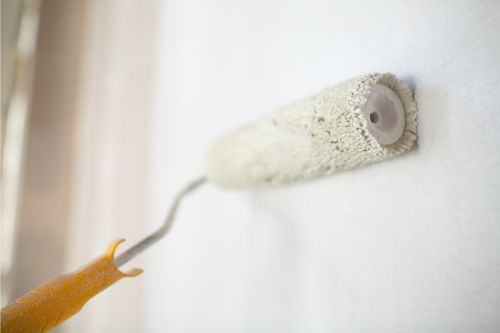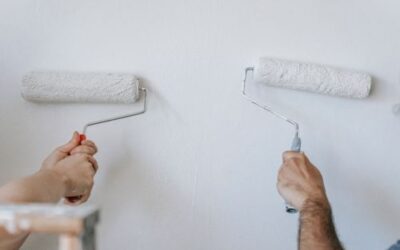For house painters, keeping brushes clean and in good condition is essential for a quality finish to their work. A well-maintained brush not only makes it easier to apply paint evenly, but also prolongs the life of the tool. In this guide, we explain step by step how to properly clean your paint brushes.
Importance of cleaning brushes
Keep your tools in top condition
Cleaning your paint brushes after each use is crucial to maintain their shape and functionality. Bristles full of dried paint can harden and become useless, which can negatively affect the quality of your projects. Also, a well-maintained brush will save you money in the long run, as you won’t have to replace it as often.
Ensures a professional finish
Paint build-up on the bristles can cause the brush to not distribute paint evenly, resulting in an uneven and unprofessional finish. Cleaning your brushes properly ensures that they will be ready to use next time, allowing you to achieve a smooth, even finish.
Contact our professionals to paint your home
Otras publicaciones que te pueden interesar
How long does it take for the smell of paint to go away?
The smell of fresh paint can be pleasant for some people (it's a sign of renovation!) and very annoying for others. The truth is that this characteristic smell is not harmless: it comes from chemical compounds emitted by the paint as it dries. If you're wondering how...
What is the difference between painting a house inside and outside?
Painting a house may seem like a uniform task, but the reality is that the process varies considerably depending on whether the paint is applied indoors or outdoors. Factors such as weather exposure, surface type and preparation determine the final result. Here are...
Should I paint my house during summer or winter?
The decision to paint your house is not only about the colours and the quality of the paint, but also about the time of the year. Both the heat of summer and the cooler weather of winter have advantages and disadvantages that influence the final result. In this guide,...




